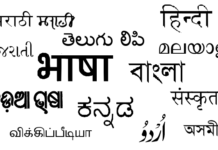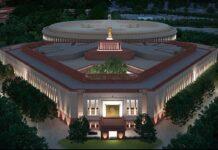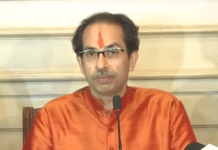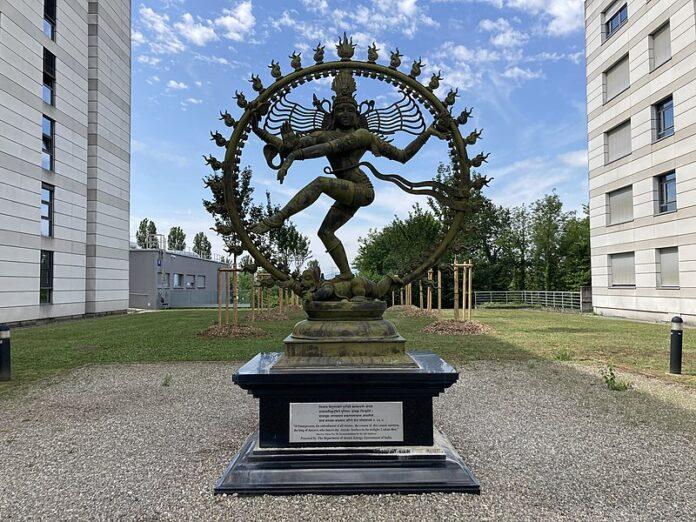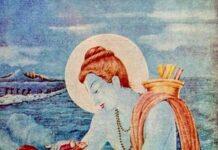Mahashivratri, is the annual festival dedicated to Lord Shiva, the Adi Deva.
It is the occasion that the deity performs his divine dance, called the Tandava or the cosmic dance of Shiva.
“In the Hindu religion, this form of the dancing Lord Shiva is known as the Nataraj and symbolises Shakti, or life force. As a plaque alongside the statue explains, the belief is that Lord Shiva danced the Universe into existence, motivates it, and will eventually extinguish it. Carl Sagan drew the metaphor between the cosmic dance of the Nataraj and the modern study of the ‘cosmic dance’ of subatomic particles“. (CERN)
The famous astrophysicist Carl Sagan drew the metaphor between the cosmic dance of Shiva and the cosmic dance of subatomic particles in the following words:
“The Hindu religion is the only one of the world’s great faiths dedicated to the idea that the Cosmos itself undergoes an immense, indeed an infinite, number of deaths and rebirths. Itis the only religion in which the time scales correspond, no doubt by accident, to those of modern scientific cosmology. Its cycles run from our ordinary day and night to a day and night of Brahma, 8.64 billion years long, longer than the age of the Earth or the Sun and about half the time since the Big Bang. And there are much longer time scales still.
There is the deep and appealing notion that the universe is but the dream of the god who, after a hundred Brahma years, dissolves himself into a dreamless sleep. The universe dissolves with him – until, after another Brahma century, he stirs, recomposes himself and begins again to dream the great cosmic dream. Meanwhile, elsewhere, there are an infinite number of other universes, each with its own god dreaming the cosmic dream. These great ideas are tempered by another, perhaps still greater. It is said that men may not be the dreams of the gods, but rather that the gods are the dreams of men.
In India there are many gods, and each god has many manifestations. The Chola bronzes, cast in the eleventh century, include several different incarnations of the god Shiva. The most elegant and sublime of these is a representation of the creation of the universe at the beginning of each cosmic cycle, a motif known as the cosmic dance of Shiva. The god, called in this manifestation Nataraja, the Dance King, has four hands. In the upper right hand is a drum whose sound is the sound of creation. In the upper left hand is a tongue of flame, a reminder that the universe, now newly created, will billions of years from now be utterly destroyed.
These profound and lovely images are, I like to imagine, a kind of premonition of modern astronomical ideas. Very likely, the universe has been expanding since the Big Bang, but it is by no means clear that it will continue to expand forever. The expansion may gradually slow, stop and reverse itself. If there is less than a certain critical amount of matter in the universe, the gravitation of the receding galaxies will be insufficient to stop the expansion, and the universe will run away forever. But if there is more matter than we can see – hidden away in black holes, say, or in hot but invisible gas between the galaxies -then the universe will hold together gravitationally and partake of a very Indian succession of cycles, expansion followed by contraction, universe upon universe, Cosmos without end.
If we live in such an oscillating universe, then the Big Bang is not the creation of the Cosmos but merely the end of the previous cycle, the destruction of the last incarnation of the Cosmos”. (an excerpt from the book Cosmos by Carl Sagan page 169).
***
***










